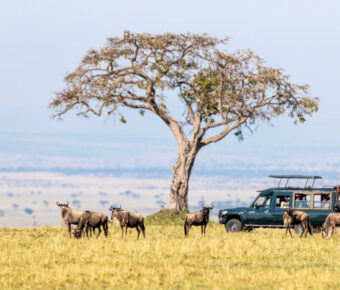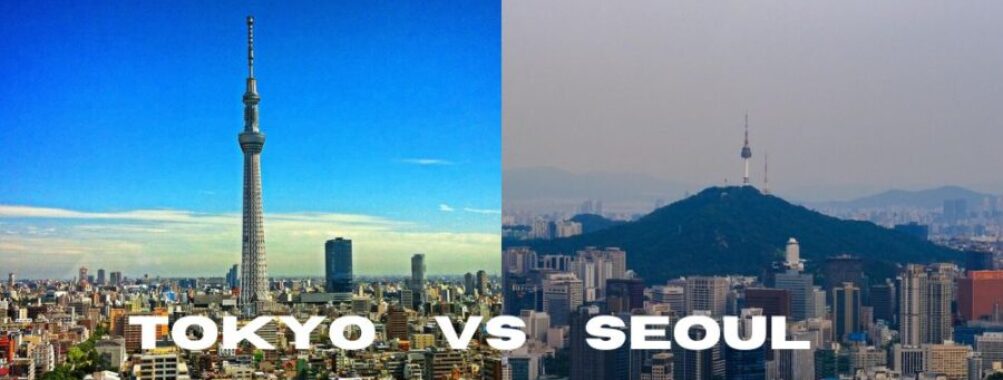
Tokyo vs Seoul: Ultimate Guide to Choosing Your Next Asian Adventure in 2025
Tokyo and Seoul stand as two of Asia’s most captivating capitals, each with its own unique charm and modern energy. These mega-cities attract millions of visitors who want to experience their mix of ancient traditions and cutting-edge technology. For travelers trying to choose between them, Seoul tends to be more budget-friendly and easier to navigate, while Tokyo offers more diverse dining options and warmer winter temperatures.
Many people don’t realize that both cities share similar weather patterns for most of the year, with temperatures ranging from 15-30°C (59-86°F) between spring and fall. The main difference comes in winter, when Seoul gets notably colder than Tokyo. Both cities have excellent public transportation, though Seoul’s compact layout and English-friendly subway system makes it slightly easier for first-time visitors to explore.
Table of Contents
- Geography and Demographics
- Urban Layout
- Population Density
- Historical Context
- Seoul’s Historical Journey
- Tokyo’s Historical Evolution
- Culture and Lifestyle
- Daily Life
- Cultural Norms
- Arts and Entertainment
- Economic Landscape
- Job Market
- Business Environment
- Educational Environment
- Higher Education
- Educational Systems
- Food and Cuisine
- Signature Dishes
- Dining Etiquette
- Culinary Experiences
- Shopping and Fashion
- Shopping Districts
- Fashion Trends
- Nightlife and Entertainment
- Evening Attractions
- Late-Night Activities
- Travel and Transportation
- Public Transportation Systems
- Navigating the Cities
- Nature and Recreation
- Parks and Green Spaces
- Outdoor Activities
- Health and Well-being
- Healthcare Systems
- Beauty and Wellness Culture
- Climate and Weather Patterns
- Seasonal Changes
- Weather Comparisons
- Frequently Asked Questions
- How does the nightlife experience in Tokyo compare to that in Seoul?
- What are the major differences in population density between Tokyo and Seoul?
- In terms of urban area size, how do Seoul and Tokyo differ?
- Can visitors expect weather variations when traveling between Tokyo and Seoul?
- Between Tokyo, Seoul, and Shanghai, which city offers the most enriching cultural experience?
- Regarding costs of living and visiting, which city is generally more expensive for tourists, Tokyo or Seoul?
- Book Your Dream Experience
- More Travel Guides
Geography and Demographics
Tokyo and Seoul stand as two of Asia’s largest metropolitan centers, each with distinct geographical layouts and population patterns that shape daily life. Their differences in size and density create unique urban experiences.
Urban Layout

Tokyo covers 2,188 square kilometers of land, making it much larger than Seoul’s 605 square kilometers. This size difference affects how each city functions and grows.
Tokyo spreads across a vast plain with several city centers connected by an extensive rail network. The city features both dense urban cores and spacious residential areas.
Seoul sits in a basin surrounded by mountains, which naturally limits its expansion. The Han River cuts through the middle, creating a north-south divide that shapes the city’s development patterns.
Population Density

Seoul packs its residents into a smaller space, creating one of the most densely populated cities in the developed world. The tight layout means most people live in high-rise apartments.
Tokyo’s larger area allows for more spread-out neighborhoods. Some districts match Seoul’s density, while others offer more breathing room with lower buildings and small houses.
Both cities have excellent public transportation systems to move their massive populations. The trains and subways run frequently and connect all major areas.
The density affects housing costs in both cities. Apartments tend to be smaller than Western standards, especially in central areas near main transit hubs.
Historical Context
Both Seoul and Tokyo trace their roots back many centuries, evolving from ancient capitals into modern megacities while preserving their rich cultural heritage through historic landmarks and traditions.
Seoul’s Historical Journey
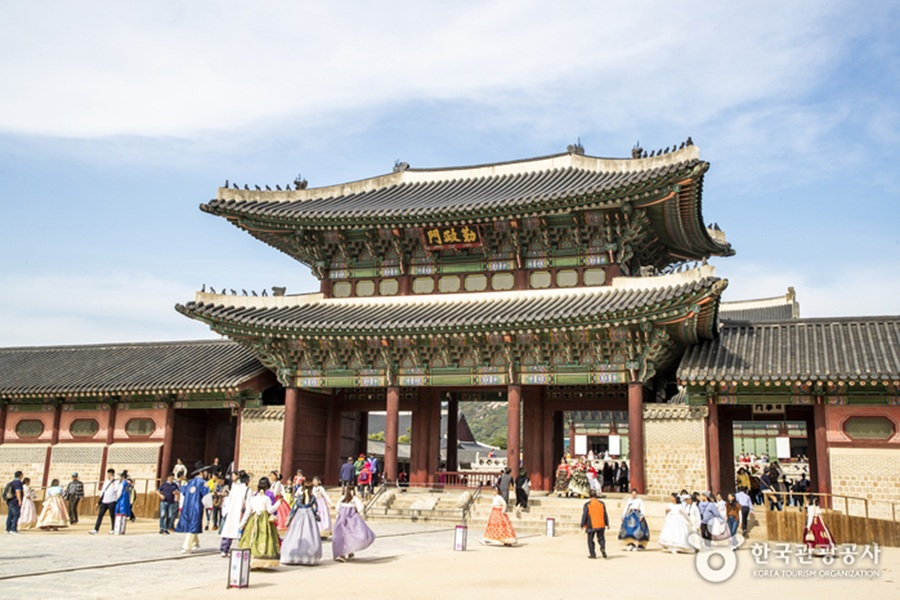
Seoul’s story began in 18 BC as the capital of the Baekje kingdom. The city reached its golden age during the Joseon Dynasty (1392-1910), when Gyeongbokgung Palace became the grand symbol of Korean monarchy.
The city walls built in 1396 shaped Seoul’s growth for centuries. Some sections still stand today, offering glimpses into medieval Korean architecture and urban planning.
The Japanese occupation (1910-1945) brought major changes to Seoul’s landscape. Many historic buildings were damaged or destroyed during this period.
After the Korean War, Seoul transformed from ruins into a global metropolis. The city kept key historic sites like Changdeokgung Palace and Jongmyo Shrine while building modern infrastructure around them.
Tokyo’s Historical Evolution
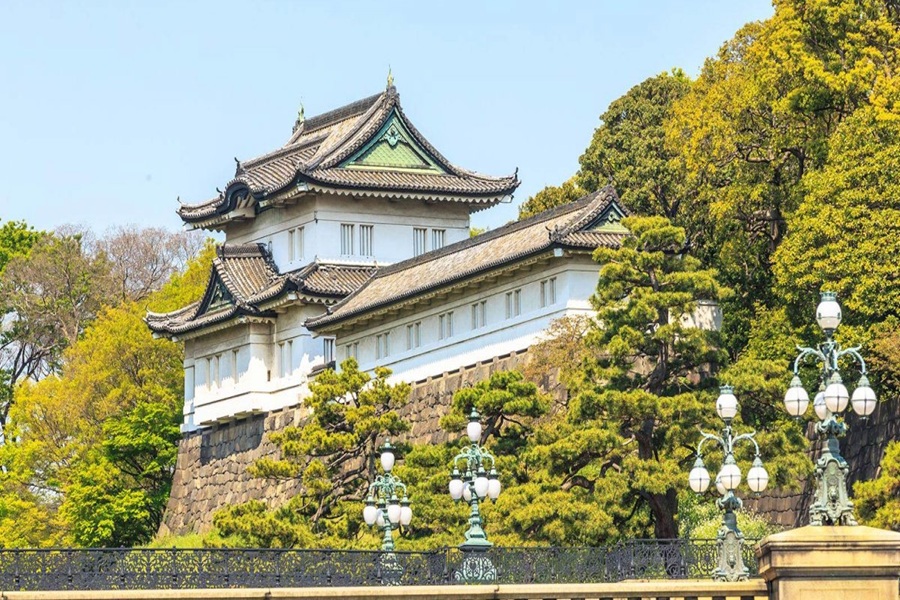
Tokyo began as a small fishing village named Edo. In 1603, it became the seat of power for the Tokugawa shogunate, marking the start of the Edo period.
The city grew into Japan’s largest urban center under shogunate rule. Edo Castle (now the Imperial Palace) stood at its heart, surrounded by samurai districts and merchant quarters.
In 1868, Edo was renamed Tokyo when it became Japan’s imperial capital. The Meiji period brought Western-style buildings and modern amenities to the traditional cityscape.
World War II air raids destroyed much of Tokyo. Yet landmarks like Sensō-ji Temple and Meiji Shrine survived, preserving links to the city’s past amid postwar rebuilding.
Culture and Lifestyle
Tokyo and Seoul each have distinct cultural identities shaped by their unique histories, social norms, and modern influences. Both cities mix deep-rooted traditions with cutting-edge trends in fascinating ways.
Daily Life
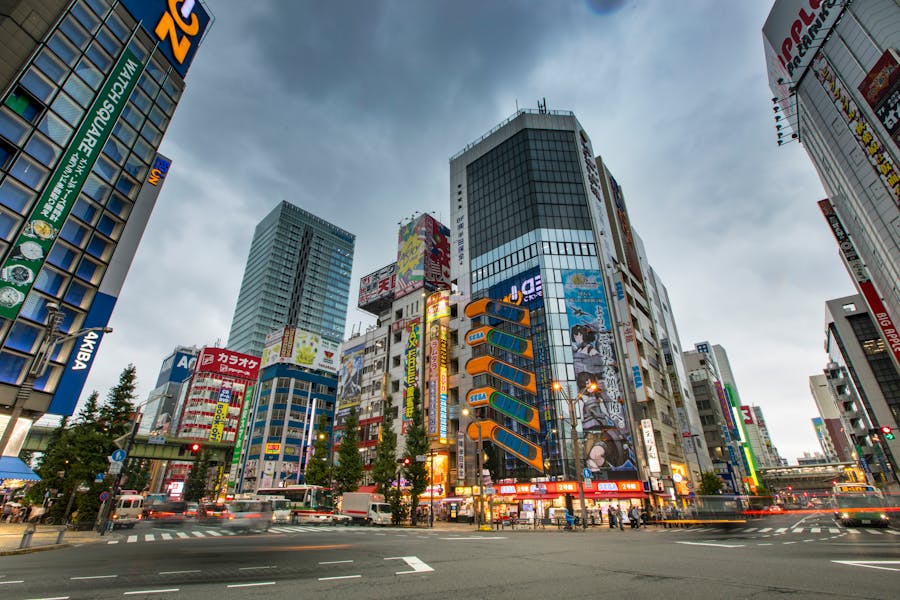
The work culture in Tokyo centers on the traditional salaryman lifestyle with long office hours and strong company loyalty. People wake up early, pack into busy trains, and often work late into the evening.
Seoul’s daily rhythm feels more youth-focused and dynamic. While work ethic remains strong, there’s more emphasis on after-hours socializing and maintaining work-life balance. The city stays active well into the night with bustling markets and 24-hour cafes.
Public transportation runs like clockwork in both cities. Tokyo’s system may be easier for tourists to navigate, while Seoul requires local apps like Kakao and Naver Maps.
Cultural Norms
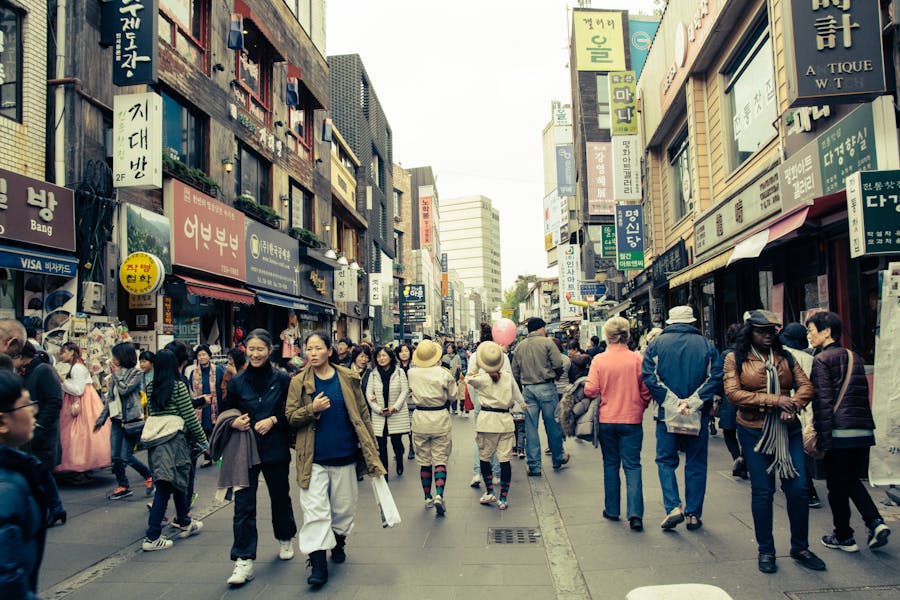
Japanese culture places high value on politeness, respect, and maintaining harmony. People tend to be reserved in public and avoid direct confrontation. Bowing is common practice.
Korean culture can feel more outgoing and expressive. People speak more directly and show emotions more openly. Age-based social hierarchies play a big role in interactions.
Both societies emphasize group harmony and proper etiquette, but express it differently. Removing shoes indoors, proper dining manners, and gift-giving customs remain important.
Arts and Entertainment
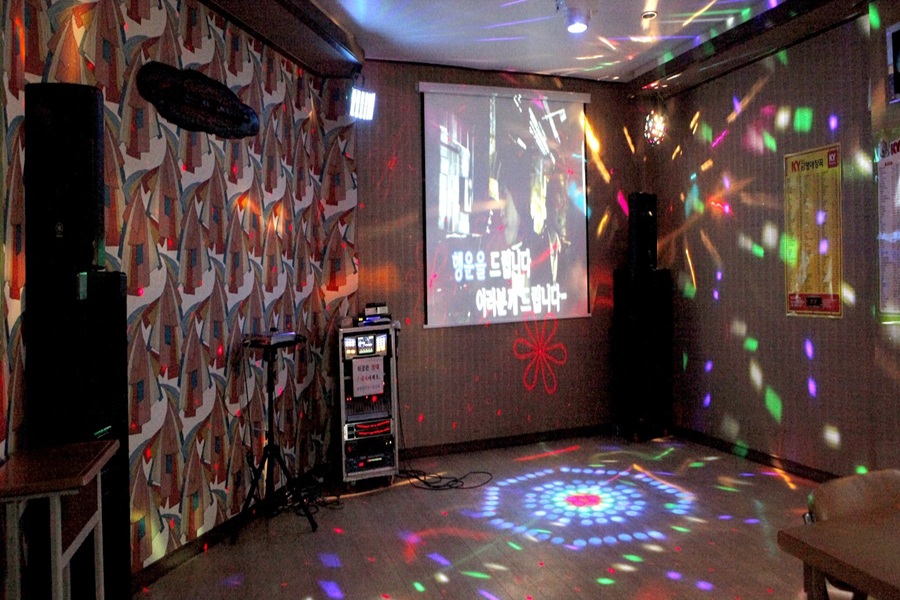
K-pop and Korean dramas drive Seoul’s modern entertainment scene. Noraebang (karaoke rooms) are popular spots for friends to gather and sing. Street performances and night markets add energy to public spaces.
Tokyo mixes traditional arts like ukiyo-e prints and kabuki theater with modern manga and anime culture. Karaoke is equally beloved here but tends to be more private, with small rooms for 2-4 people.
Both cities have vibrant cafe cultures, themed restaurants, and shopping districts packed with the latest fashion and tech trends. Gaming centers, arcades, and creative art spaces draw young crowds in both capitals.
Economic Landscape
Tokyo and Seoul stand as economic powerhouses in Asia, with each city wielding significant financial influence through distinct market strengths and business cultures.
Job Market
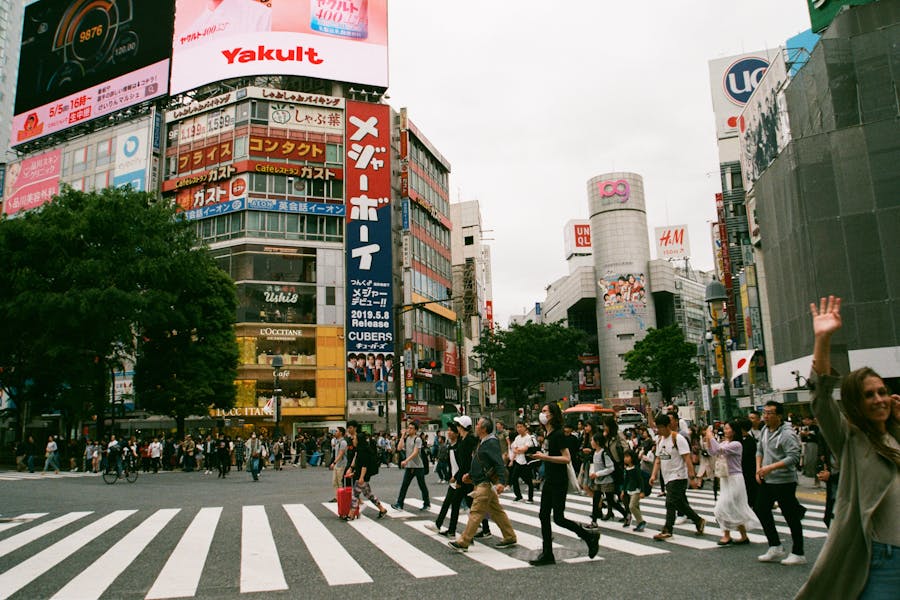
The average salary in Seoul sits at $45,920 annually, while Tokyo workers earn about $52,300. Both cities offer strong employment prospects in tech and finance sectors.
Seoul’s job market shines in digital technology, with major employers like Samsung and LG driving innovation. The city sees steady growth in startups and IT positions.
Tokyo’s corporate culture emphasizes lifetime employment at large companies. The city leads in robotics, automotive, and financial services jobs. International firms often choose Tokyo for their Asian headquarters.
Business Environment
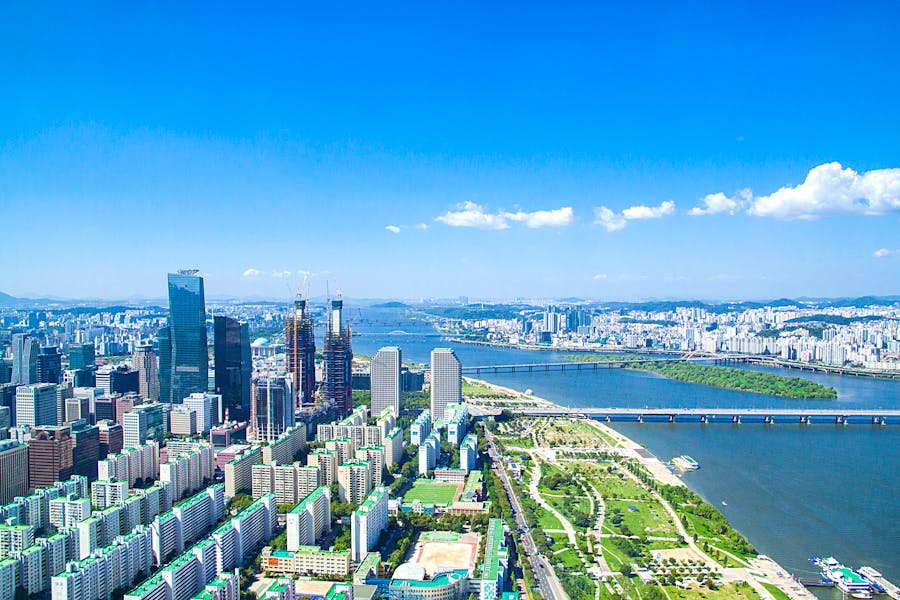
Tokyo’s GDP of $1.6 trillion makes it Asia’s largest city economy. The city maintains strict business regulations but offers excellent infrastructure and stability for companies.
Seoul’s $910.9 billion GDP reflects its rapid growth and economic transformation. The city provides tax incentives for foreign businesses and startups.
Tokyo faces challenges with a 2.1% inflation rate and an aging workforce. Seoul counters with lower operating costs and a younger talent pool.
Both cities rank among the world’s top financial centers. Seoul excels in cryptocurrency and digital banking, while Tokyo dominates traditional banking and insurance sectors.
Educational Environment
Both Tokyo and Seoul have world-class education systems with prestigious universities and strong emphasis on academic success. Their approaches to learning mix traditional values with modern teaching methods.
Higher Education
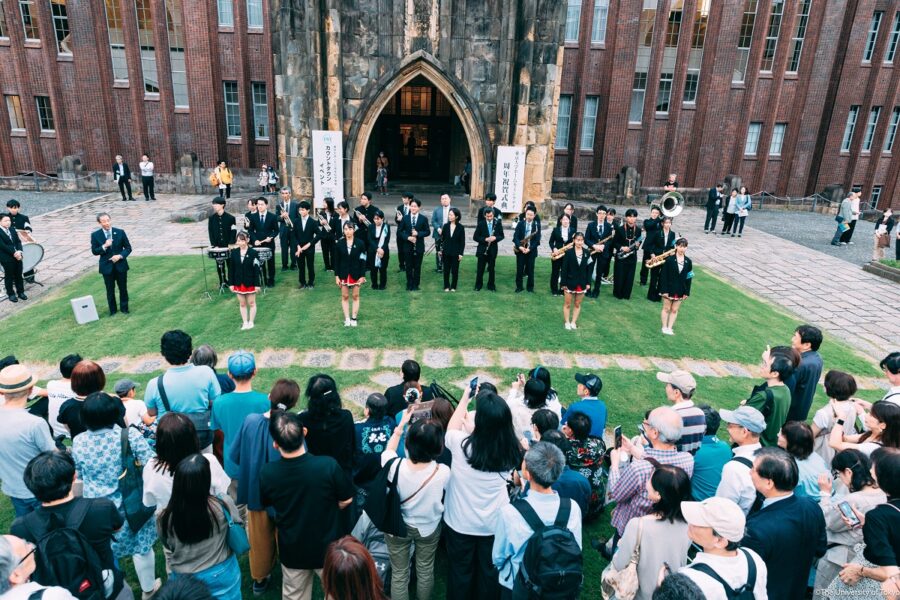
Tokyo boasts several top-ranked universities like the University of Tokyo and Waseda University. These schools attract thousands of international students each year. English-taught programs have grown more common, making it easier for foreign students to study in Japan.
Many Japanese universities offer specialized research facilities and partnerships with global companies. Campus life includes unique cultural clubs and activities that help students connect with Japanese traditions.
Educational Systems
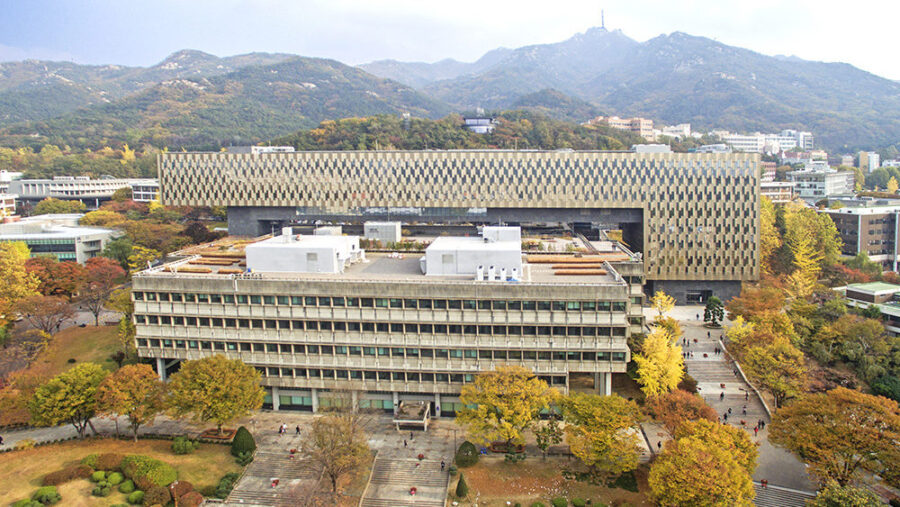
Seoul’s education system puts heavy focus on academic achievement from an early age. Students often attend after-school academies called hagwons to boost their studies. This creates a competitive atmosphere that drives high test scores.
Korean universities like Seoul National University and Korea University have strong reputations across Asia. They’ve modernized their facilities and increased English-language courses to welcome more international students.
The Korean education system emphasizes group learning and technology integration. Students use digital textbooks and smart devices as regular parts of their studies.
Both cities provide excellent student support services like:
- Affordable student housing
- Public transit discounts
- Cultural exchange programs
- Career counseling
Food and Cuisine
Tokyo and Seoul offer distinct culinary landscapes that reflect their rich cultural heritage. Both cities serve up incredible flavors through street food, fine dining, and everything in between.
Signature Dishes
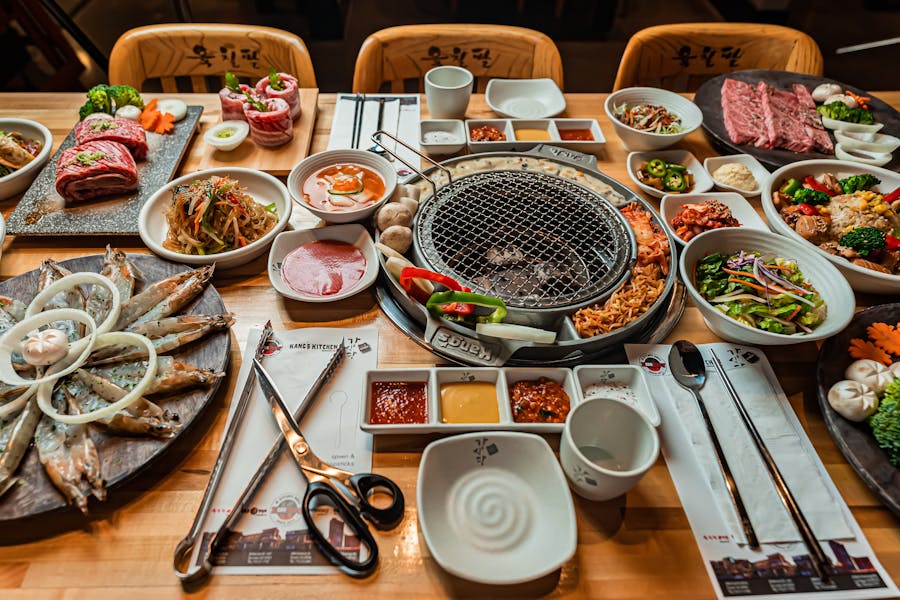
Tokyo’s food scene shines with its pristine sushi and steaming bowls of ramen. Fresh fish markets like Tsukiji supply restaurants with top-quality seafood daily. The city’s ramen shops serve regional varieties – from rich tonkotsu to light shoyu broths.
Korean barbecue stands out as Seoul’s most famous dining experience. Restaurants provide tabletop grills where diners cook marinated meats like galbi (beef short ribs) and samgyeopsal (pork belly). Kimchi and other fermented side dishes called banchan come with every meal.
Street food markets in both cities buzz with activity. Tokyo’s vendors sell takoyaki (octopus balls) and yakitori (grilled chicken skewers). Seoul’s street stalls offer tteokbokki (spicy rice cakes) and hotteok (sweet pancakes).
Dining Etiquette
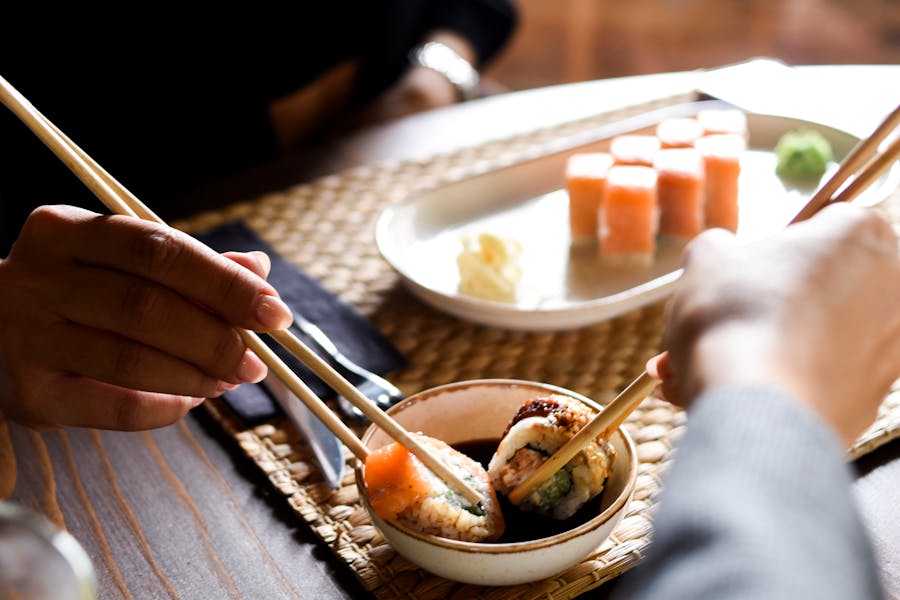
Japanese dining puts heavy focus on presentation and proper chopstick use. It’s polite to say “itadakimasu” before eating and “gochisousama” after finishing.
Korean meals are more casual and social. Sharing dishes is common, and it’s normal to reach across the table for food. Younger people should wait for elders to start eating first.
Both cultures have rules about pouring drinks. In Japan, keep others’ cups full. In Korea, use two hands when pouring or receiving drinks from elders.
Culinary Experiences
Tokyo’s high-end sushi bars offer intimate omakase experiences where chefs prepare each course in front of you. Small izakaya pubs serve casual drinks and snacks late into the night.
Seoul’s restaurants often feature floor seating at low tables. Korean barbecue places fill with groups cooking and drinking together. Many spots stay open 24 hours.
Shopping and Fashion
Tokyo and Seoul stand out as shopping paradises in Asia, each with distinct retail districts and fashion scenes that draw millions of visitors yearly. The cities blend luxury boutiques, street fashion, and local designs in unique ways.
Shopping Districts
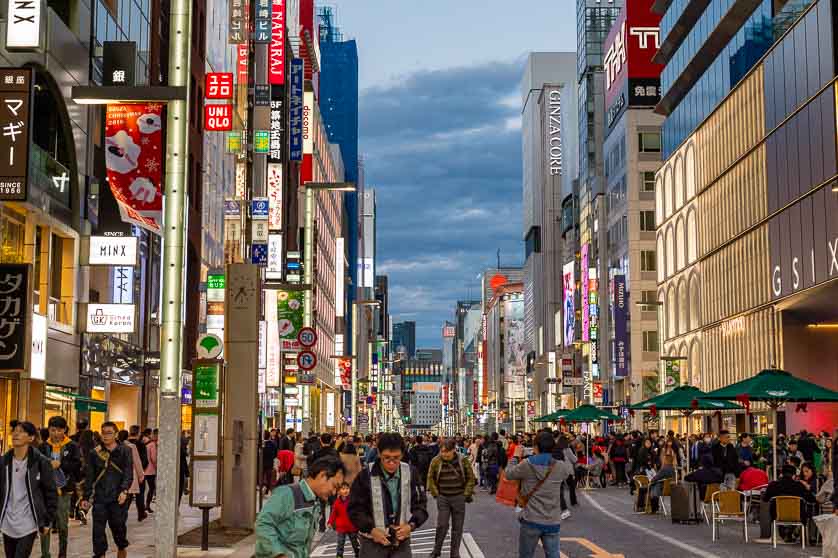
Ginza in Tokyo sparkles with high-end flagship stores and luxe boutiques. The streets are lined with brands like Chanel, Louis Vuitton, and local department stores like Mitsukoshi. Prices run high, but window shopping is free and fun.
Myeongdong rules Seoul’s shopping scene. This bustling area packs hundreds of shops into winding streets. Korean cosmetics stores offer great deals on beauty products. Street vendors sell tasty snacks between shopping breaks.
Harajuku in Tokyo caters to young shoppers with quirky fashion boutiques and vintage stores. The narrow paths of Takeshita Street burst with colorful shops selling everything from punk clothes to cute accessories.
Fashion Trends
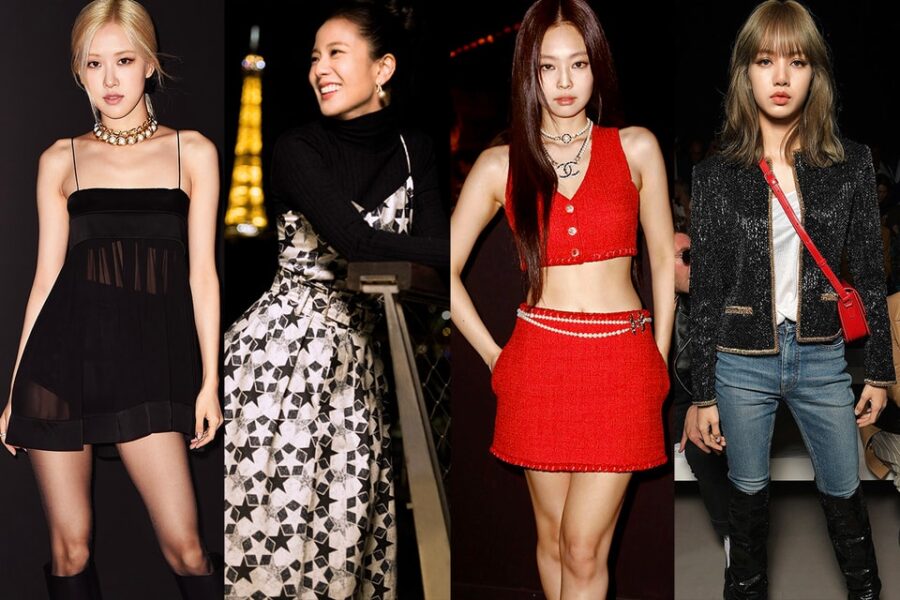
Tokyo’s fashion sense leans toward refined and polished looks. People mix designer pieces with vintage finds. The style often includes layered outfits with attention to tiny details and accessories.
Seoul’s fashion feels more experimental and bold. Young Koreans love trying new trends and bright colors. K-pop influence shows in the streets, with many following idol-inspired styles.
Street fashion in both cities changes fast. Tokyo keeps things neat and coordinated. Seoul embraces casual comfort with an edge. Prices in Seoul tend to be lower, making trendy clothes more accessible.
Both cities have amazing vintage shopping scenes. Seoul’s underground malls stock affordable trendy pieces. Tokyo’s secondhand stores carry rare designer finds.
Nightlife and Entertainment
Both Tokyo and Seoul offer exciting after-dark scenes filled with unique experiences and endless entertainment options.
Evening Attractions
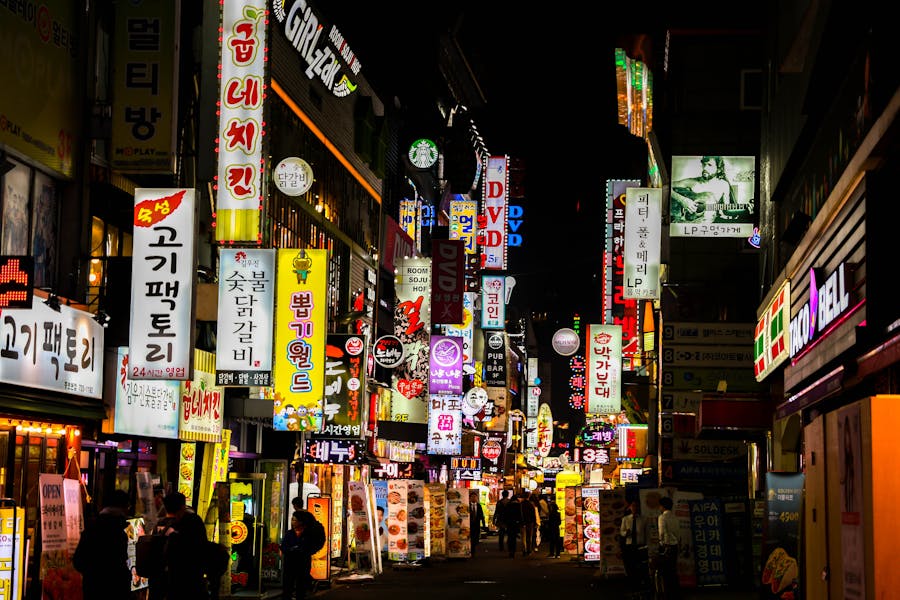
Tokyo’s Shibuya and Roppongi districts come alive at night with bright neon lights and endless fun. The streets fill with people heading to izakayas (Japanese pubs) and tiny bars that seat just a handful of guests. Many spots stay open until the last train around midnight.
Seoul’s Hongdae area buzzes with young crowds and street performers. This neighborhood near several universities features countless Korean BBQ spots, themed cafes, and affordable bars. The energy stays high until 2-3 AM most nights.
Both cities love karaoke, but Tokyo’s karaoke rooms tend to be more private and peaceful. Seoul’s noraebang (karaoke rooms) often have livelier atmospheres with groups singing and dancing together.
Late-Night Activities

Tokyo shines with its diverse night activities. Robot restaurants, gaming centers, and all-night ramen shops keep visitors entertained. The city has many upscale cocktail bars where master bartenders craft perfect drinks.
Seoul’s party culture runs later into the night. Many clubs stay open until sunrise, especially in popular areas. The city offers special night markets with street food and shopping until late.
Both cities have excellent public transport for night owls. Tokyo’s trains stop around midnight, while Seoul’s run a bit later. Taxis are easy to find and safe in both places.
Entertainment prices differ between cities. Seoul tends to be cheaper for drinks and club entry. Tokyo’s fancy bars and shows can be pricey, but the quality matches the cost.
Travel and Transportation
Both Tokyo and Seoul offer world-class transit networks that make getting around simple for tourists and locals alike. The systems excel in different ways, with unique payment methods and navigation styles.
Public Transportation Systems
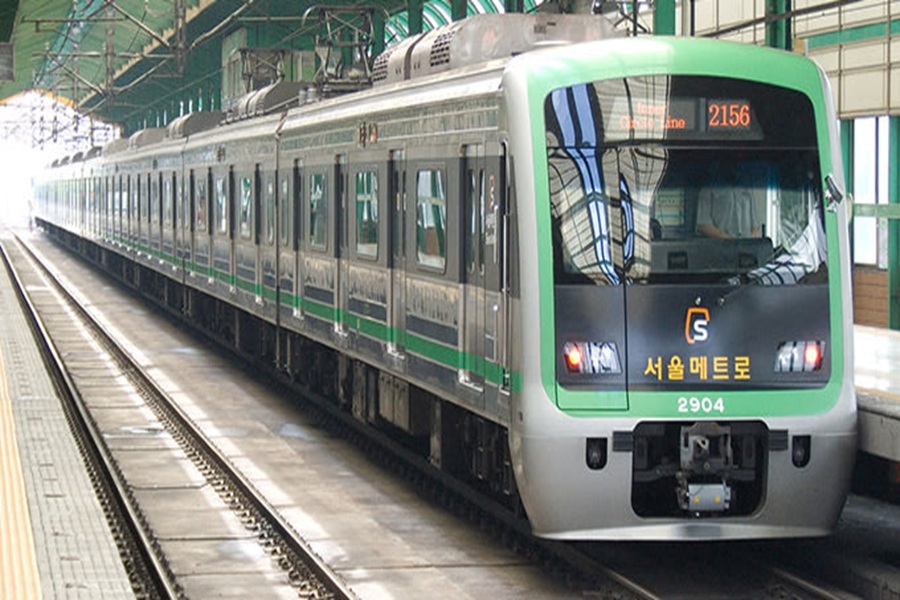
Tokyo’s metro network stands out with its legendary punctuality. Trains arrive within seconds of their scheduled times. The JR Yamanote Line circles central Tokyo, connecting most major areas tourists want to visit. Fares range from ¥180-320 for most trips within central Tokyo.
Seoul’s subway system costs slightly less than Tokyo’s, with most rides around ₩1,350. The network features bright, modern stations with clear English signage. Free WiFi keeps riders connected throughout their journeys.
Both cities use rechargeable transit cards. Tokyo’s IC cards like Pasmo and Suica work on trains, buses and in many shops. Seoul’s T-money card offers similar convenience for book your transportation needs.
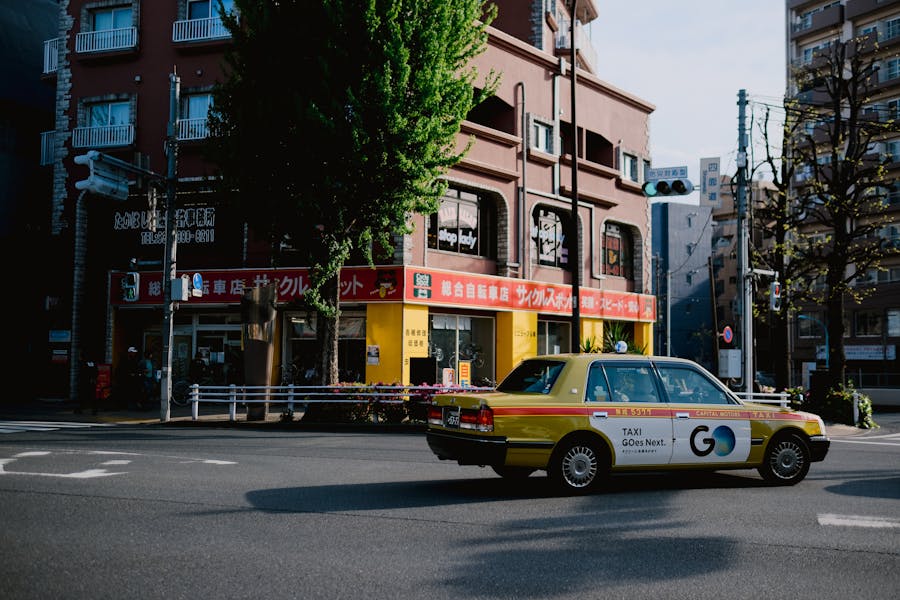
Seoul’s subway system uses a simpler numbered line system that many tourists find easier to learn. Station names appear in both Korean and English, with clear color-coding for different lines.
Tokyo’s vast network takes more time to master. Many stations have multiple exits across several city blocks. Station signs use both Japanese and English, but the sheer size of stations can feel overwhelming at first.
Taxis provide a backup option in both cities. Seoul taxis tend to be cheaper and more plentiful. Tokyo taxis cost more but offer exceptional service. Most drivers in both cities speak limited English, so having your destination written in the local language helps.
Both cities provide excellent accommodation options near major transit hubs, making it easy to explore efficiently. Apps like Naver Maps work great in Seoul, while Google Maps excels for Tokyo navigation.
Nature and Recreation
Both cities offer peaceful escapes from urban life with beautiful parks and outdoor spaces. Tokyo and Seoul have unique natural attractions that showcase their distinct cultures and landscapes.
Parks and Green Spaces

Tokyo’s parks burst with pink cherry blossoms each spring, transforming the city into a magical wonderland. Ueno Park and Shinjuku Gyoen draw thousands of visitors for hanami flower-viewing parties.
Seoul’s green spaces blend nature with Korean heritage. The mountains surrounding the city create a stunning backdrop, with Bukhansan National Park rising majestically above the skyline. This urban mountain park offers hiking trails and ancient temples.
Namsan Park sits in central Seoul, providing walking paths through lush forests. The park surrounds N Seoul Tower and gives amazing city views.
Outdoor Activities
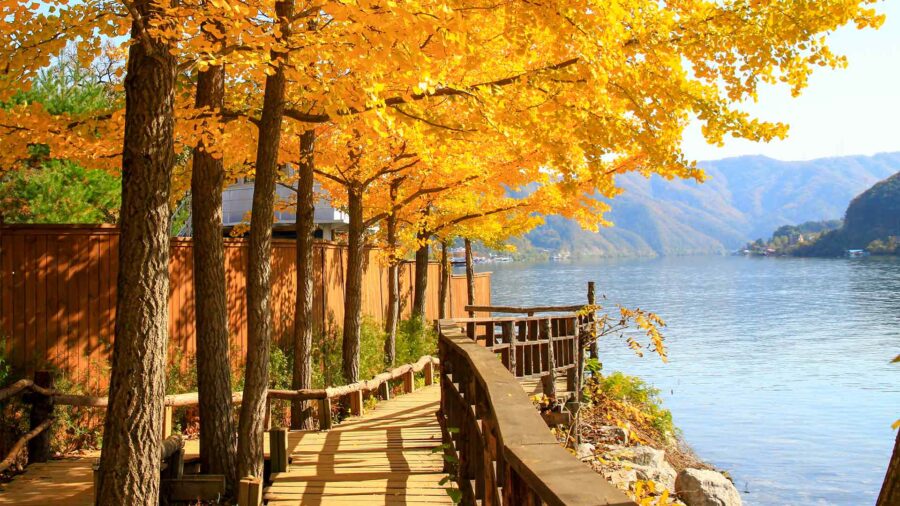
Mount Fuji towers over Tokyo, offering climbing adventures from July to early September. Many visitors enjoy day trips to admire the iconic peak from scenic viewing spots in the Fuji Five Lakes area.
Seoul’s location near mountains creates excellent hiking opportunities. Locals often spend weekends exploring marked trails on Bukhansan’s granite peaks.
Nami Island makes a perfect nature escape near Seoul. This crescent-shaped isle features tree-lined paths and artistic installations. Rent a bicycle to explore the island’s romantic scenery.
Both cities maintain excellent cycling paths along their rivers. The Han River parks in Seoul and the Sumida River in Tokyo let visitors bike, picnic and watch sunset views.
Health and Well-being
Both Tokyo and Seoul offer excellent healthcare systems and place a strong emphasis on wellness, though they approach these aspects quite differently. The cities showcase unique approaches to beauty standards and health practices that reflect their distinct cultural values.
Healthcare Systems
Tokyo’s healthcare system ranks among the world’s best, with universal coverage for all residents. Medical facilities feature cutting-edge technology and highly trained staff who often speak some English. Wait times tend to be short, and costs remain reasonable with insurance.
Seoul’s medical care stands out for its mix of modern and traditional approaches. The city has become famous for medical tourism, especially in areas like cosmetic surgery and dental work. Hospitals provide quality care at lower prices than many Western countries.
Beauty and Wellness Culture
Tokyo emphasizes natural beauty and holistic wellness. The city has countless hot springs (onsen) and public baths (sento) where people go to relax and improve their health. Japanese skincare routines focus on prevention and protection, with many people following multi-step daily routines.
Seoul leads global beauty trends with innovative skincare products and treatments. The city is packed with beauty shops, offering everything from sheet masks to high-tech facial treatments. Korean wellness culture combines modern beauty technology with traditional practices like jjimjilbang (Korean bathhouses).
Many beauty brands test new products in Seoul before launching them worldwide. The city’s beauty districts, like Myeongdong, showcase the latest treatments and cosmetic innovations.
Climate and Weather Patterns
Tokyo and Seoul have distinct weather patterns shaped by their geographic locations. Both cities experience four clear seasons, but Tokyo tends to be warmer year-round with more rainfall.
Seasonal Changes
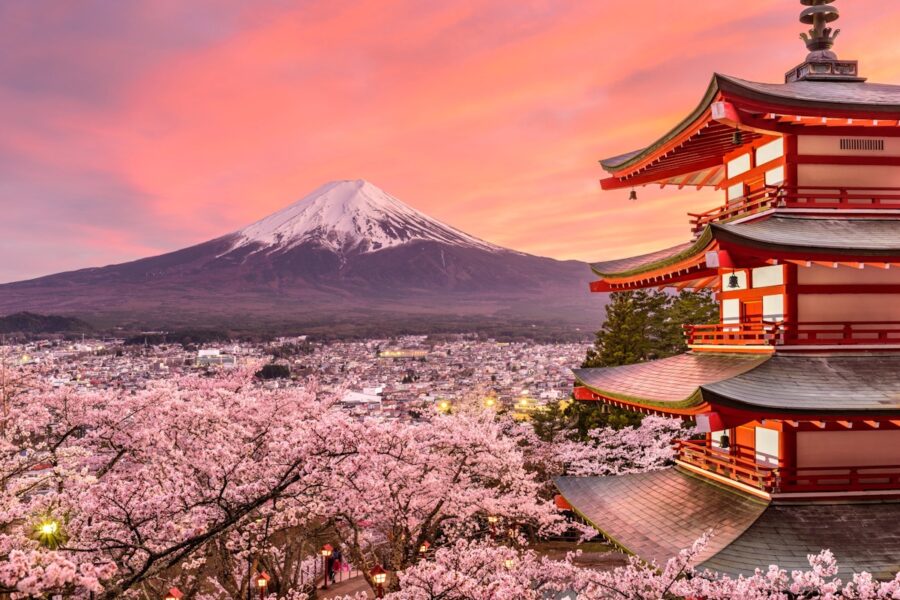
Spring brings cherry blossoms to both cities, with temperatures ranging from 10-20°C (50-68°F). Tokyo’s spring starts earlier, usually in late March, while Seoul’s begins in early April.
Summer hits both cities with heat and humidity. Tokyo averages 31°C (88°F) in August, while Seoul reaches similar peaks but with more intense humidity. Both cities face a rainy season, called tsuyu in Tokyo and jangma in Seoul.
Fall is mild and pleasant in both locations. The temperatures drop to 15-20°C (59-68°F), making it perfect for outdoor activities.
Winter differs significantly between the cities. Seoul gets much colder, with temperatures often below freezing and regular snowfall. Tokyo’s winters are milder, rarely dropping below 0°C (32°F).
Weather Comparisons
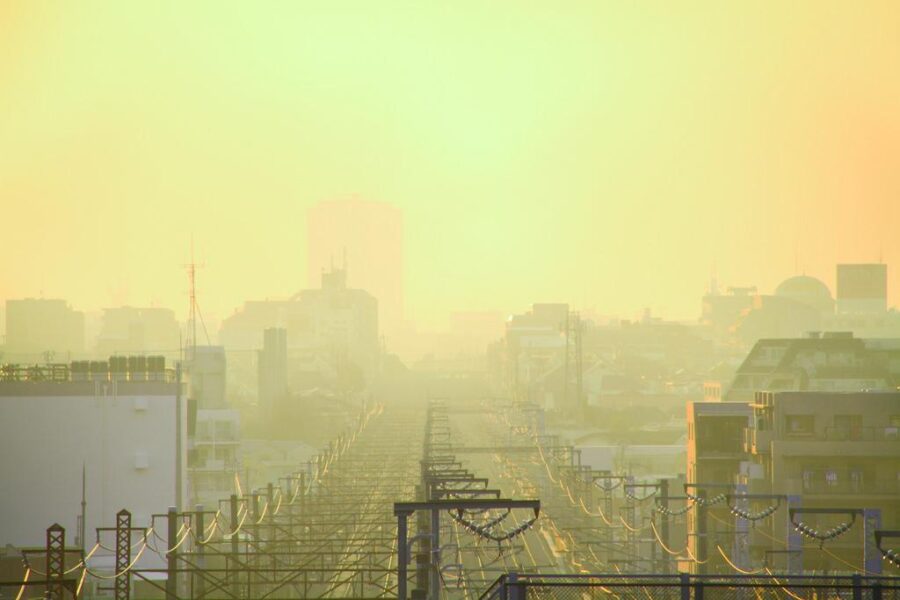
Tokyo’s average yearly temperature is 17.3°C (63.1°F), while Seoul sits at 13.9°C (57.0°F). This 3.4°C difference makes Tokyo noticeably warmer throughout the year.
Tokyo gets more rain than Seoul. The city faces frequent showers even outside the rainy season, keeping the surroundings lush and green.
Air quality varies between the cities. Seoul sometimes experiences poor air quality due to yellow dust storms from China, especially in spring. Tokyo generally has better air quality but can face pollution on hot summer days.
The humidity levels peak in both cities during summer months. Seoul tends to feel more humid due to its location near mountains and the Han River.
Frequently Asked Questions
Tokyo and Seoul each bring distinct advantages for visitors, with key differences in costs, size, and cultural experiences that shape travel experiences in these major Asian capitals.
How does the nightlife experience in Tokyo compare to that in Seoul?
Tokyo’s nightlife centers around areas like Shibuya and Shinjuku, with many bars staying open until the last train around midnight. The city offers unique experiences like izakayas and karaoke rooms.
Seoul’s nightlife runs later, with many venues in areas like Hongdae and Gangnam open until dawn. The Korean drinking culture revolves around soju and street food tents called pojangmacha.
What are the major differences in population density between Tokyo and Seoul?
Tokyo has a larger total population, with over 37 million people in its metro area. The city spreads across a vast area, which helps distribute the density.
Seoul packs about 25 million people into its metropolitan region. The concentrated urban core makes the city feel more densely populated in central areas.
In terms of urban area size, how do Seoul and Tokyo differ?
Tokyo covers a massive area of about 2,188 square kilometers, making it the third-largest city by area in the world. The city sprawls into multiple prefectures.
Seoul’s main city area is more compact at around 605 square kilometers. This smaller size makes it easier to navigate and explore as a tourist.
Can visitors expect weather variations when traveling between Tokyo and Seoul?
Both cities experience four distinct seasons. Seoul tends to have more extreme temperatures, with hotter summers and colder winters.
Tokyo enjoys milder winters but deals with higher humidity during summer months. The cherry blossom season starts earlier in Tokyo than in Seoul.
Between Tokyo, Seoul, and Shanghai, which city offers the most enriching cultural experience?
Each city presents unique cultural highlights. Tokyo blends modern technology with traditional Japanese customs and architecture.
Seoul showcases Korean heritage through palaces, temples, and hanok villages while embracing K-pop culture and modern innovations.
Regarding costs of living and visiting, which city is generally more expensive for tourists, Tokyo or Seoul?
Accommodations, dining, and entertainment in Tokyo have higher prices. A typical tourist meal costs 1,500-2,000 yen.
Seoul offers more budget-friendly options. Visitors can find good meals for 8,000-12,000 won and cheaper transportation costs.
